The commercial real estate (CRE) market is facing a perfect storm of financial, regulatory and social headwinds.
Rising interest rates, curtailed credit and a drop-off in occupancy rates are all buffeting the sector. Governments, investors and tenants all are hungry for action and results on ESG, particularly in the realms of energy efficiency and decarbonization. Meanwhile, owners cannot ignore the ongoing need for operational savings, portfolio compression and enhanced occupant experiences.
Around $900 billion in U.S. commercial property debt is due this year and next, which means that many building owners will make refinancing their short-term priority. But tweaking the terms of their loans is only a recipe for their short- term survival. To thrive when calmer waters prevail, they’ll also need a robust strategy for sustainability, a shrewd blueprint for tailoring their floor space to fit the hybrid work era, and a clear plan to enhance the health and wellness of their building users.
Owners can’t tackle these various challenges without harnessing smart building technologies that integrate seamlessly to boost outcomes across their portfolio. The insights generated by Artificial Intelligence-enhanced building automation systems (BAS), Internet of Things (IoT) sensor solutions, and cloud-based, open API platforms can be a game-changer for energy efficiency, space optimization and healthy buildings.
But many major building owners are still playing catch-up on smart, sustainable buildings. Slowing them down are capital constraints, a lack of leadership over the issue, and the difficulty of obtaining meaningful insights and improved outcomes from the data churned out by their digital technology. This is concerning, not least for the sake of the planet. The world’s buildings are responsible for nearly 40% of all carbon emissions and 34% of energy demand, and the gap between the climate performance of the sector and the 2050 decarbonization pathway is widening. The recent extreme heat in several parts of the northern hemisphere is a timely reminder of the environmental and socioeconomic risks of inaction on decarbonization.
It’s not hyperbole to say that some owners will face existential risks if they take a passive approach to reducing their energy consumption and carbon footprint. Two years ago, Blackrock Chief Executive Larry Fink wrote that climate risk was investment risk, and warned that major companies who failed to prepare and participate in the race to net zero would “go the way of the dodo.” The financial turbulence will surely hasten their extinction.
Phoenixes
Conversely, there are significant rewards up for grabs for “phoenixes,” the name Fink coined for companies who proactively embrace technologies that accelerate the energy transition. (Phoenixes are mythical birds that cyclically regenerate themselves.) The CRE sector’s phoenixes will be the owners who refinance promptly and prudently, and set about converting their portfolios into smart, sustainable spaces that reduce energy consumption and support the world’s decarbonization goals. Along the way, they will tailor their real estate footprint to fit the hybrid work era, and transform their buildings into safe, healthy and comfortable spaces for the people using them.
Phoenixes will see an upward trend in their most important numbers, which are the sales and rental values of their real estate portfolios. There’s overwhelming evidence that smart, sustainable buildings command a healthy premium per square foot in the sales market. Tenants are increasingly prepared to pay more for office blocks that support the physical and mental health of employees. Building owners can maximize their premium by taking decisive action now.
Read the full white paper in the PDF below
